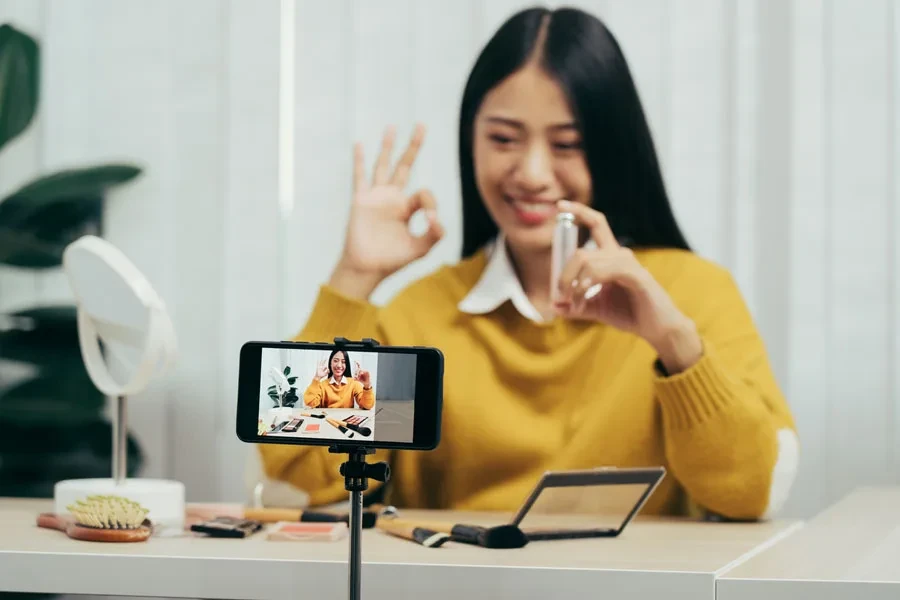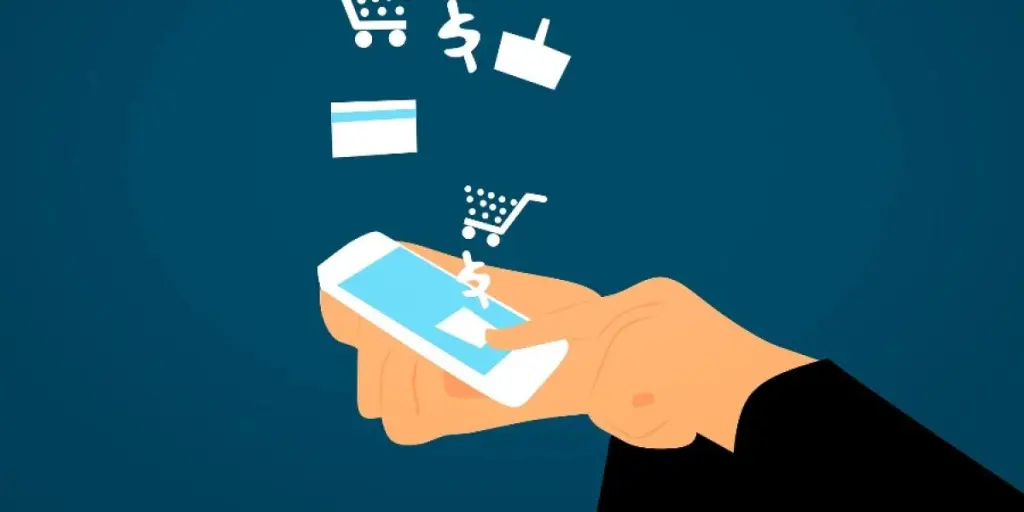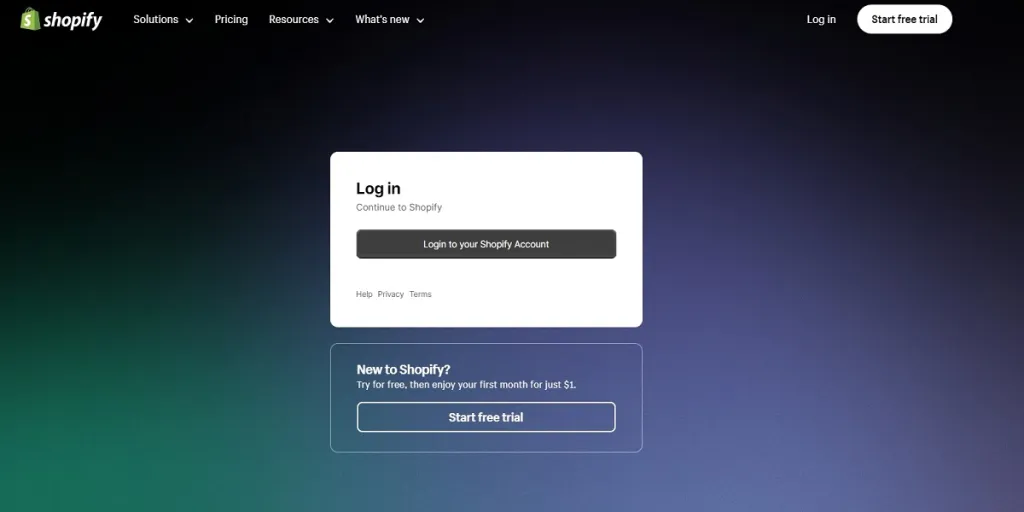Social media is becoming a more popular tool consumers use to learn more about businesses. They seek out relationships and honest communication with brands.
However, establishing a customer relationship requires more than typical social media strategies. So, how can you address this? By utilizing user-generated content (UGC) to establish brand affinity with your audience.
If you’re looking for more information on UGC, you have reached the right spot. This article will explore this new marketing trend and analyze its importance for consumers and brands in 2024. Let’s get started.
Table of Contents
What is user-generated content?
Types of user-generated content
Where does user-generated content come from?
Why you should incorporate UGC into your 2024 marketing strategy
Best practices when creating user-generated content
Conclusion
What is user-generated content?
User-generated content, or consumer-generated content, refers to any type of material produced by people rather than brands, including text, photos, videos, and reviews.
It comprises blog comments, product reviews, social media posts, testimonials, and more. User-generated content is commonly disseminated on online communities, review sites, forums, and other platforms.
Types of user-generated content

UGC comes in various forms. It indicates the diverse ways users engage with brands and products. These forms include the following:
- Social media posts: UGC can be the form of content users create for their audiences. They then post them on social media sites such as Facebook, Instagram, X (Twitter), or TikTok.
- Product reviews: Feedback and ratings on products and services are forms of UGC. These types of content can influence others’ purchasing decisions.
- Videos: User-created videos can include unboxing videos, tutorials, and testimonials. These videos offer authentic insights into different products and brands.
- Blog comments: Readers participate in UGC by leaving comments, sharing their thoughts, and asking questions in blog posts.
- Hashtag campaigns: Businesses can encourage users to create and share video and image content using specific hashtags. This form of UGC supercharges brand visibility and engagement.
- Testimonials: Satisfied customers share their experiences and recommendations. This builds trust and credibility for the brand.
Where does user-generated content come from?

UGC originates from various sources, including:
- Customers: Individuals who have bought or interacted with a brand’s products or services voluntarily create and share content based on their experiences.
- Fans and followers: Brand advocates, loyal customers, and social media followers contribute to UGC. They use it to express their support, loyalty, and affinity for a brand.
- Social media influencers and content creators: Creators can produce UGC for sponsored partnerships or collaborations with brands.
- Online communities: Consumers can take part in forums, discussion boards, and social platforms. They may share knowledge, seek advice, and connect with like-minded individuals. These interactions generate user-generated content.
Why you should incorporate UGC into your 2024 marketing strategy
Now that we know what user-generated content is, it’s critical to understand why you, as a marketer in the digital era, should care about it.
1. UGC acts as a trust signal

Firstly, leveraging user-generated content for your marketing campaigns is crucial since it is a trust signal. This is because consumers see content created by fellow users as more authentic and trustworthy than branded content.
To support this argument, 93% of customers consult reviews before making a purchase decision, leading them to make a wiser decision. In addition, this trust is built on real users’ genuine experiences and opinions, similar to word-of-mouth marketing, which resonates more deeply with potential customers.
By incorporating UGC into your marketing efforts, you tap into this reservoir of trust that establishes meaningful connections with your audience and drives engagement. Therefore, in 2024, embracing UGC is not just a trend but a strategic necessity to reinforce trust and credibility in your brand’s messaging.
2. Growth in authenticity and relevance
In 2024, the demand for consumer-generated content stems from the growing emphasis on authenticity and relevance in brand interactions. Authenticity, a critical factor in building trust, is often lacking in traditional brand communications, leading consumers to seek genuine connections.
With 90% of consumers prioritizing authenticity when choosing brands, personalized experiences become essential. UGC serves this purpose by providing authentic content directly from customer experiences, fostering trust and relevance.
Consumers perceive UGC as 2.4 times more authentic than brand-created content, reflecting a preference for genuine, user-driven narratives over curated brand messaging, particularly among millennials. In this landscape, UGC emerges as a vital tool for brands to engage authentically with their audience and foster meaningful connections based on trust and relevance.
3. Increase conversions and influence purchase decisions
Integrating user-generated content into your marketing strategy helps boost conversions and influence purchase decisions. It proves invaluable in guiding potential customers toward conversion, as evidenced by a study revealing that 78% of millennials rely on such content when making purchasing choices.
The strength of UGC lies in its function as social proof, drawing on testimonials from real people and online reviews as well. Bazaarvoice’s research further supports this notion, with 84% of millennials acknowledging the impact of UGC on their buying decisions.
Specific niches witness consumers evolving into brand ambassadors, subtly promoting products through their experiences, such as wearing branded apparel. Whether showcasing purchases or sharing usage insights, UGC is a powerful tool to engage audiences and boost conversion rates, particularly when integrated strategically on landing pages or e-commerce platforms.
4. Increase in exposure and reach
In your 2024 marketing strategy, the significance of user-generated content lies in the substantial increase in exposure and reach it offers. Social media platforms, driven by engagement-friendly algorithms, organically promote content that resonates with users.
By actively involving users in content campaigns, companies achieve extensive exposure and enhance brand awareness. UGC, where people create content for and about a brand, significantly amplifies visibility. Notably, on online platforms like YouTube, customer-made videos garner ten times more views than brand-produced content.
This heightened visibility is not limited to consumers alone; employees, brand loyalists, and influencers contribute to the expansiveness of UGC campaigns, especially when combined with influencer marketing strategies.
5. Establish brand loyalty

In 2024, UGC holds the key to establishing brand loyalty. UGC enables your customer base to actively engage in your brand’s evolution, fostering a sense of belonging and community involvement. By encouraging users to contribute content, brands empower individuals to feel connected to something more significant, enhancing their loyalty and affinity for the brand.
Moreover, UGC initiates meaningful conversations between you and your consumers, nurturing an engaged community. Sharing audience-generated content further strengthens the bond between your brand and fans, fostering deeper relationships and ultimately driving increased brand loyalty.
Numerous successful brands, such as Fenty Beauty, Coca-Cola, T-Mobile, and GoPro, illustrate the power of incorporating user-generated content (UGC) to build brand loyalty. GoPro, for example, utilizes branded hashtags that have generated millions of user posts.
This UGC strategy has cultivated a community of loyal brand advocates. The content shared by GoPro users showcases the brand’s products and reflects the diverse and exciting possibilities they offer.
GoPro establishes genuine connections with its audience through this UGC approach, turning consumers into active contributors to the brand’s narrative. The result is a strong sense of community and brand loyalty, as users feel personally invested in and connected to the brand’s identity and values.
6. Cost-effectiveness

Cost-effectiveness in marketing refers to achieving maximum results with minimal expenditure, and user-generated content exemplifies this concept. While hiring influencers can cost millions, encouraging customers to share their experiences with your product is virtually cost-free.
UGC provides a budget-friendly approach to scaling and diversifying marketing efforts, eliminating the need for expensive creative agencies. For smaller brands, it’s a more accessible alternative to extensive brand awareness campaigns.
Additionally, UGC allows for an in-house management approach, as users generate content themselves. Leveraging social media collaborations with nano-influencers, who charge reasonable fees, offers a cost-effective way to enhance brand visibility through UGC.
7. Scalability

Scalability, a key advantage of leveraging user-generated content in digital marketing, is evident as businesses aspire to expand.
As outlined earlier, UGC fosters trust and a devoted community, facilitating organic word-of-mouth marketing. The cost-effectiveness of UGC further enhances its scalability, offering a resourceful means for building an audience, distributing content, and establishing trust, ultimately driving increased sales.
In addition, as your brand grows, the volume of user-generated content naturally amplifies, providing a scalable source of material. This abundance empowers your businesses to maintain a consistent online presence across diverse channels and touchpoints, eliminating the constant need for internal content creation.
8. More content diversity

Another benefit of user-generated content is that it enriches content diversity through collaborative creation and strategic distribution. Users contribute creatively, generating diverse content like social media posts, testimonials, reviews, unboxing videos, giveaways, and live streams.
As a marketer, you can post this diverse material across various channels, not just social media. Repurposing UGC for different social platforms within your sales funnel or stages of the consumer journey ensures relevance and engagement.
Each channel, from websites to newsletters, requires tailored content due to distinct audience expectations. This adaptability allows for a richer, more dynamic content landscape, enhancing your brand’s visibility and resonance across a broad spectrum of audience touchpoints.
Best practices when creating user-generated content
1. Always ask for permission
Requesting consent before republishing or using customer-generated content is essential. Even if users use branded hashtags, explicit permission is necessary to avoid goodwill erosion or potential copyright issues.
Moreover, seeking approval demonstrates appreciation for the original poster and fosters excitement about sharing its content with a broader audience, reinforcing positive brand advocacy. By seeking consent to post UGC content, you safeguard yourself from legal concerns while promoting a respectful and collaborative approach when utilizing UGC.
2. Credit the original creator
A crucial tip in UGC marketing is openly acknowledging and attributing user-generated content to its rightful originator. This practice not only upholds ethical standards but also builds trust with the audience.
By giving proper credit, businesses demonstrate respect for contributors, foster a sense of community, and encourage ongoing engagement. This transparency strengthens the brand-consumer relationship and establishes a foundation of authenticity in marketing strategies.
Furthermore, it helps prevent potential legal issues related to intellectual property by ensuring proper attribution and permission.
3. Be clear about what type of content you are looking for
To leverage user-generated content effectively, it’s crucial to be clear about the kind of content you’re seeking. UGC creators want guidance on what brands are most likely to share. Surprisingly, only 16% of brands provide clear guidelines on the desired content. However, over half of consumers prefer specific instructions.
Therefore, to encourage UGC, feel free to articulate exactly what content aligns with your brand, making it easier for people to contribute content that meets your requirements.
4. Be strategic and set clear goals
Strategic planning with clear goals and an understanding of how UGC aligns with existing marketing objectives are crucial.
Start by evaluating your social media strategy and identifying ways UGC supports these goals. Craft a concise statement informing users about the type of content likely to be featured. Share this UGC request across various platforms—social channel bios, other UGC posts, website, physical location, or product packaging.
Ensure your strategy aligns with broader social media goals, whether increasing brand awareness or driving conversions, and measure success using analytical tools for brand sentiment and trust analysis.
Conclusion
User-generated content has become invaluable for businesses looking to build trust, authenticity, and engagement with their audience. By harnessing the power of UGC, brands can amplify their reach, influence purchasing decisions, and cultivate strong relationships with customers.
Incorporating UGC into your marketing strategy not only enhances your brand’s credibility and relevance but also enables you to leverage the creativity and advocacy of your loyal fan base to drive meaningful business outcomes.







